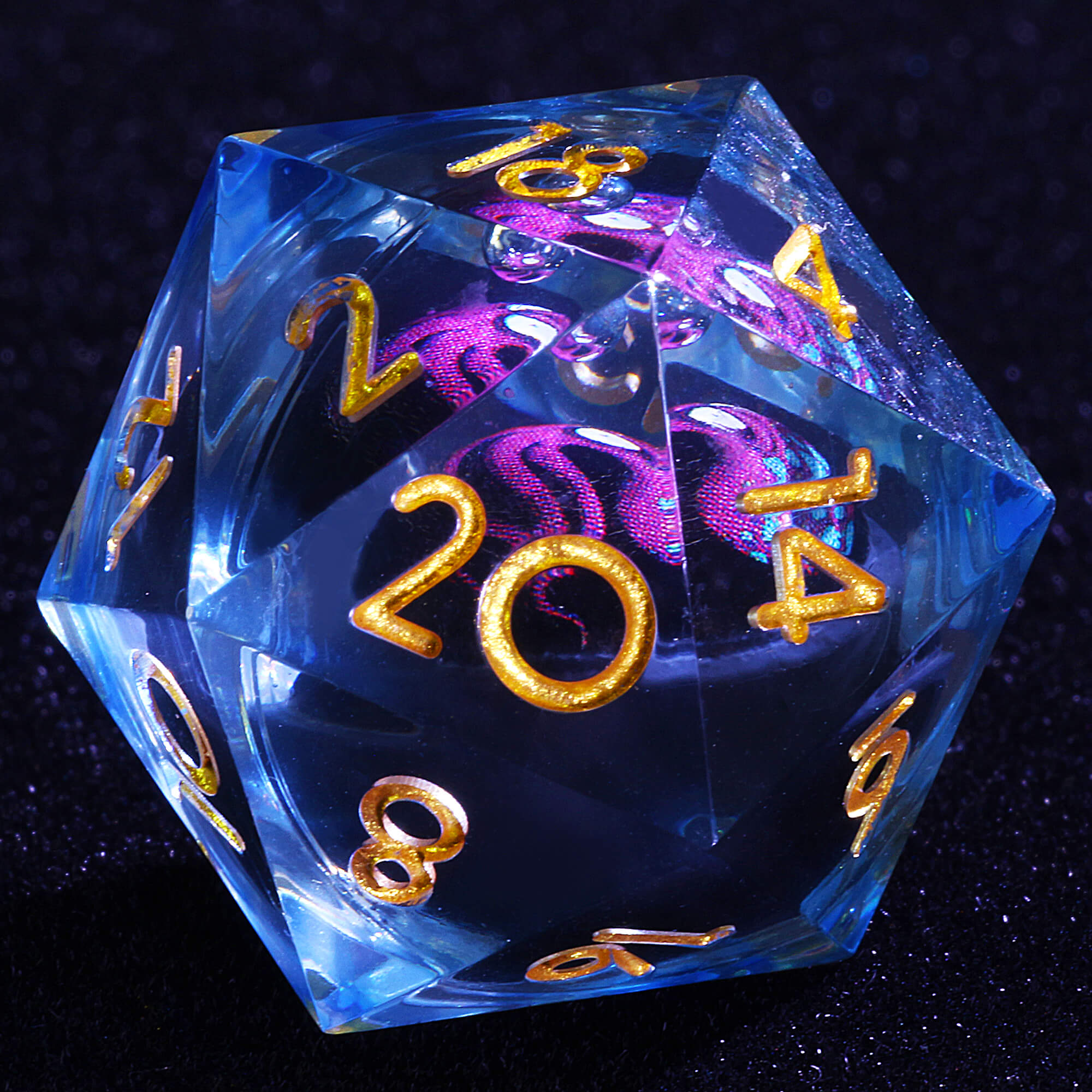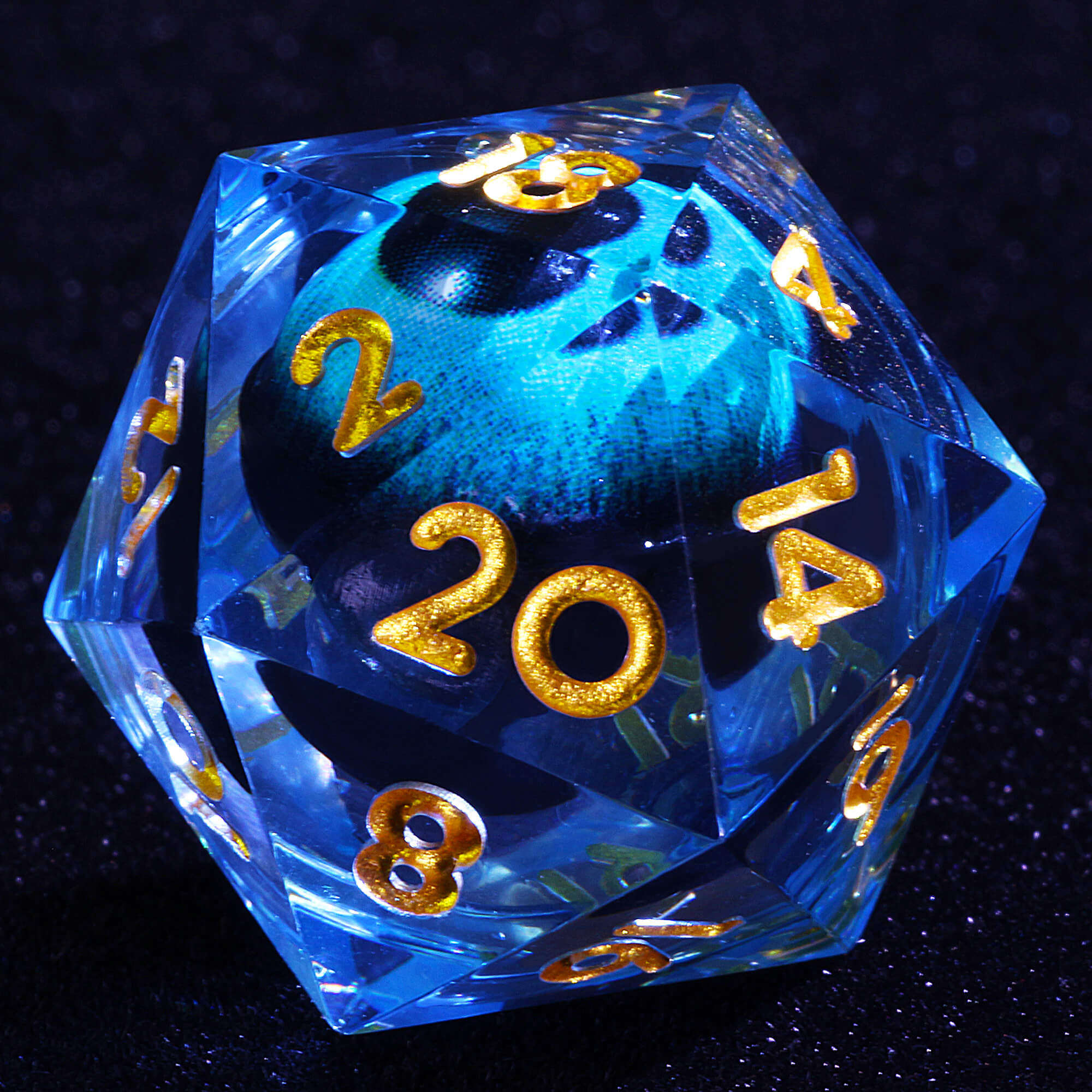Almost all cultures have some kind of dragon in their mythology and Celts were no exception to the rule. The Celtic people was extremely interested by dragons and, as a result, many of their tales and legends are centered around them. Celts were known for their strength and courage so it is easy to understand why they had such interest and affinity for this mighty creature.
For the Celtic warriors, the dragon symbolized authority and power. It's also interesting to note that the word for "leader" is "pendragon" in Celtic language.
But the dragon wasn't limited to that role. Dragons also had a spiritual and esoteric function in Celtic culture. They were thought to be super-powered entities, coming from a universe parallel to ours...
Mystical Powers of the Celtic Dragon
The Celtic dragon was worshiped as a deity by the Celtic tribes. The Celts believed that dragons accumulated telluric (earthly) and celestial (heavenly) energy within them.
Ability to Influence their Environment
In Celtic mythology, druids believed that dragons had the ability to influence their environment. According to druids, the paths that had been taken by dragons held a special power. They believed that the mystical force of the dragons impacted the physical world, and was a powerful vector for the circulation of energies.
For instance, here are some locations that were charged with mystical power:
- Places where dragons passed through regularly
- Areas where dragons slept
- Places where two or more dragons met
Energy Bridges
The ancestral druids considered that the planet itself was similar to the body of the dragons. Thus, the druids built their stone circles on the "knots of power" of this body.
According to them, dragons were capable of creating "energy bridges" between the Celtic people, the terrestrial magnetism, and the healing waters.
Dragon Lines
Celts called "Lines of Ley" or "Dragon Lines" the paths that had been travelled by dragons. The druids tried to discover these famous lines of force and created Ley Lines maps as a result.
They advised their people to build houses and temples in these special zones that held considerable energy. Interestingly enough, one of these zones is the famous site of Stonehenge.

The Celtic Dragon, a Benevolent Creature
Western movies and literature often depicts dragons as bloodthirsty creatures that cause chaos and destruction around them. To put it simply, the Celtic dragon is at the complete opposite of this stereotype.
Fertility and Prosperity
The Celts believed that dragons were conceived when the very first living cell appeared on earth. The sky would then have fertilized them, along with the water and the wind.
According to legends, they were also powerful indicators of seasonal fertility. They were the harbingers of good harvests. In that regard, they're similar to Chinese and more generally Eastern dragons.
Knowledge and Wisdom
The word "dragon" comes from ancient Greek where "drakon" means "to see clearly". Thus, to the Celts, dragons were considered clairvoyant, intelligent and wise. They were even considered to hold the secrets of the universe.
Keeper of the Gates to the Afterlife
The Celtic dragon was also the mythical protector of the gates to heaven and of the underworld.
Representations of the Celtic Dragon
Coats of Arms


The Celtic Kings chose the image of the dragon to represent them because it was a symbol of authority, power and wisdom. Celtic Dragons are therefore found on many coats of arms. The most famous one being the Welsh Red Dragon which can be seen on the flag of Wales.
This Celtic custom took off when Henry Tudor, King of England and Ireland opted for the red dragon as his symbol. By putting the red dragon on his magnificent helmet, King Arthur was also one of the first leaders to wear it.
In Celtic Art
We've seen that dragons have a central role in the Celtic tradition. Art is yet another illustration of this important role.
The Celtic dragon is often depicted as an Ouroboros. That is to say that it is represented with its mouth biting its tail, forming a full circle. It shows the natural cycle of life (the 4 seasons or the succession of generations for instance). It is also a symbol of eternity and things repeating as time goes by.
Often the dragon is depicted as being coiled up on itself. The different parts of its body intertwine and form knots. Once again, this is an allusion to infinity and the cyclic nature of our existences.
Nowadays, the Celtic dragon is a very popular symbol. It is found in various forms: jewelry, T-shirt, tattoo and many other things...
Types of Celtic Dragons
In Celtic mythology, there are actually two types of dragons which are quite different:
- The four-legged dragon with wings. It has most of the characteristics of the Western dragons. This is also the form of "good" dragons in Celtic legends.
- Giant sea snakes. These have a colossal size and are much more similar to Norse dragons such as the famous Jormungandr. These are usually evil dragons in Celtic tales.
The Legend of Mester Stoor Worm
The legend of Mester Stoor Worm is one of the centerpieces of Celtic fables.
According to this legend, this colossal sea serpent had an insatiable appetite. Every morning, he would yawn seven times. During these yawns, its giant tongue would randomly tear seven things out of a nearby city.
You can imagine that after a while the villagers had had enough. So they met and looked for a way to defeat or banish this creature. It was agreed that whoever would succeed in eradicating the dragon would be greatly rewarded. And what a reward: the one who would slay the dragon would be allowed to marry the King's beautiful daughter!
One day, a team of skilled warriors tried to carry out this mission. However when they actually found and faced Mester Stoor Worm, they were terrified and fled.
Shortly afterwards, hearing about the debacle, a child equipped himself with a pot of iron and some peat. He proceeded to steal a ship and went out to the sea. When Mester Stoor Worm yawned, the boy was sucked into his huge mouth.
Still on his little ship, the young boy was now in the dragon's throat. He paddled in order to reach the liver of the creature. Once there, he used his iron pot and peat to ignite the monster's vital organ.
Taking advantage of the fact that the dragon was agonizing with pain, the little boy was able to escape and get out of the body of this enormous beast.
As he struggled to survive, Mester Stoor Worm's teeth fell out. Legend has it that they turned into islands. And after his death, its gigantic body turned into what is today known as Iceland...
The Impact of Christianity
As we have seen, before Christianity, dragons enjoyed a good image among the Celtic people. This majestic animal was seen as an embodiment of natural power and as a vector of positive energy. In ancient Celtic legends, it had its place in nature, as much as the sea or the mountains.
But with the advent of Christianity in Europe, dragons started to be perceived in a completely different way. They became evil creatures, who were thought to cause death and chaos around them. They were even associated with the Devil itself...































